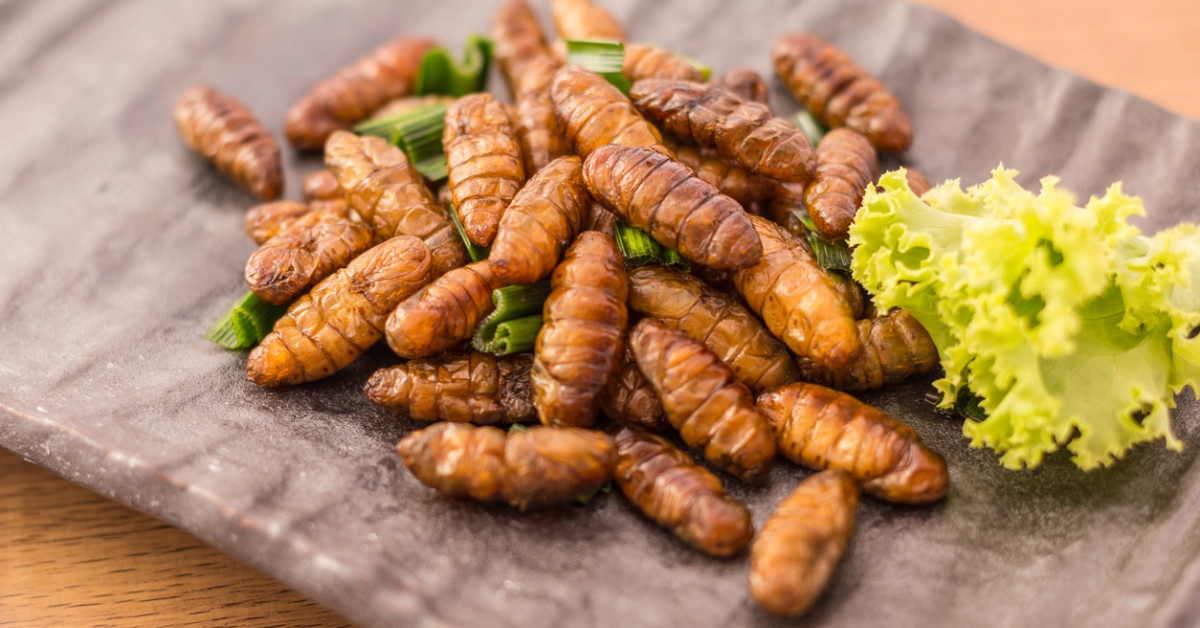In Mexico, consuming insects isn’t seen as a novelty—it’s woven into the country’s culinary heritage. Roughly 80 percent of Mexicans have sampled at least one insect species, and over 500 different insects feature in regional dishes. Far from being an exotic stunt, eating these c…







